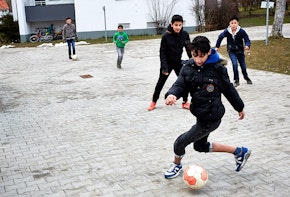Organized labor is in decline. Today, only 6 percent of private-sector workers are represented by a union, compared to 33 percent in the 1950s. In A Roadmap to Rebuilding Worker Power, innovative labor leader David Rolf lays out a comprehensive vision for revitalizing the American labor movement and returning power to American workers.
With automation, robotics, and artificial intelligence shaping the future of work—and an increasing number of occupations becoming unmoored from the confines of current labor laws—Rolf argues that the labor movement must also adapt to work in the twenty-first century. “In the natural world, biodiverse ecosystems are more likely to adapt to and withstand environmental change,” he writes. “The same is true for worker power.”
Regarded as one the most influential thinkers on the future of labor, Rolf outlines an array of strategies to build worker organizations that have power, scale, and sustainability—three characteristics, he argues, which are critical for building a movement with lasting impact. The book features extensive examples of recent innovations in labor organizing, models in other sectors and from overseas that hold potential, as well as original ideas for how unions can adapt to rapid political, economic, and technological changes.
David Rolf is known internationally as an innovative labor leader and thinker on the future of work and labor. He was a leading architect of the historic fights to win a $15 living wage in SeaTac and Seattle, Washington. He serves as an international vice president of the Service Employees International Union (SEIU) and as founding president of SEIU 775, which has grown to represent more than 45,000 long-term care workers in the Pacific Northwest.





